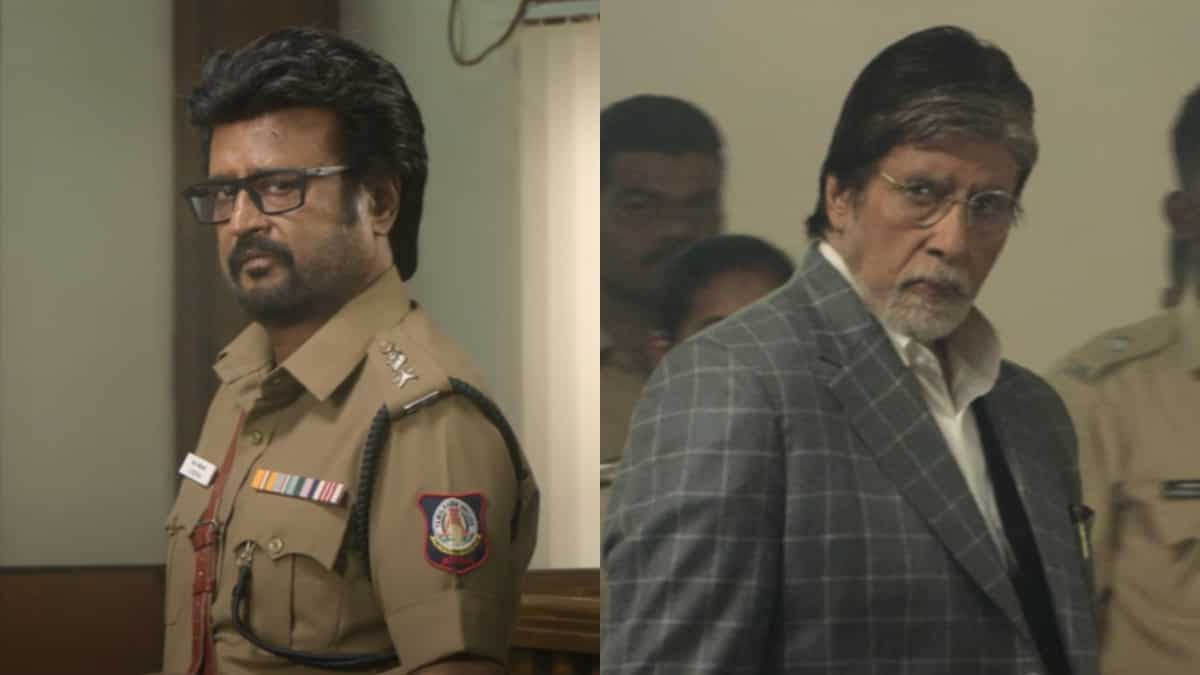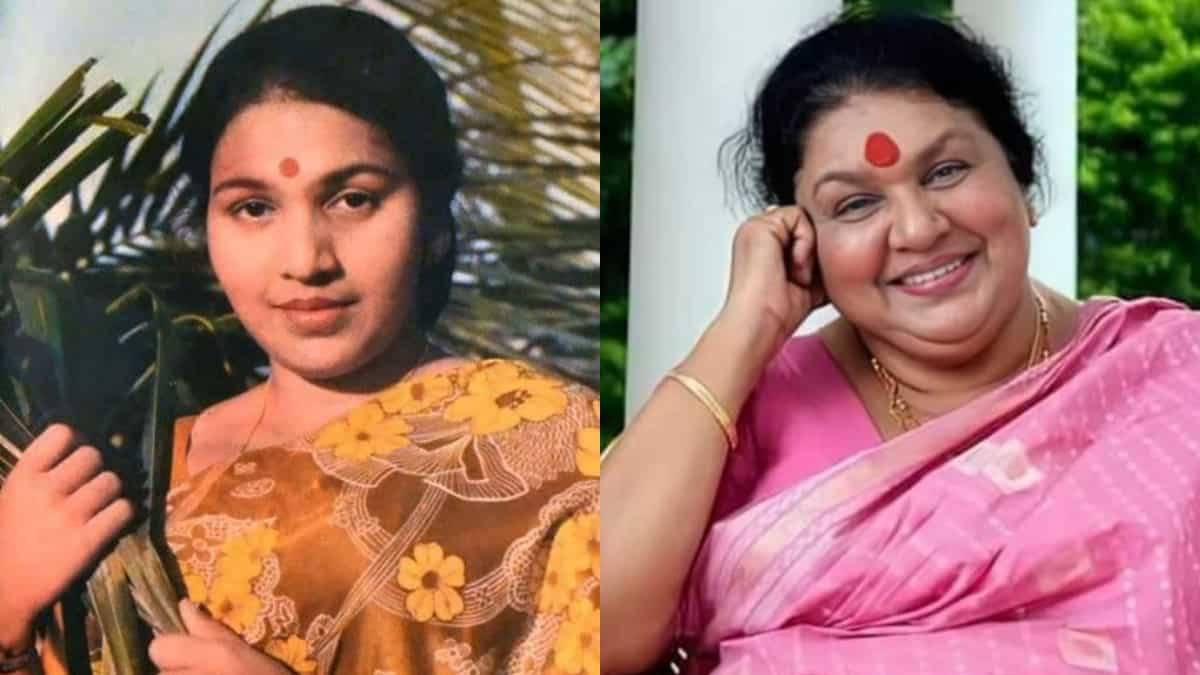
A rare early Cup exit: Does it point to larger issues in New Zealand cricket?
3 months ago | 25 Views
New Zealand have been eliminated from the T20 World Cup after Afghanistan thrashed Papua New Guinea by seven wickets, making this the first ICC World Cup since 2014 to not feature the Kiwis in the semi-finals.
Their exit couldn’t have been more ignominious, coming in the form of a 75-run whipping from Afghanistan before West Indies won by 13 runs. Wins against Uganda and Papua New Guinea might soften the blow a bit, at least on the points table, but where do New Zealand go from here?
It’s a loaded question because despite being a fine team throughout the last four decades, New Zealand doesn’t exactly have an overflowing trophy cabinet. Not having won any ICC white-ball event apart from the 2000 Champions Trophy in Nairobi means there are no memories of big title wins the next generation can tap into.
Characters such as Richard Hadlee, Martin Crowe, Mark Greatbatch and Brendon McCullum have had a lasting influence on the game but it never brought the level of success to New Zealand that could translate into substantial relevance.
That last bit becomes crucial in a country known to be fanatic about their rugby, competent at making the odd World Cup final, and has a brilliant netball team as well. Cricket, by comparison, ranks pretty low on the popularity index.
The cricketers tend to be multi-skilled but their T20 league does not have too many takers. The extreme geographical location adds to the woes, with high-profile teams such as India never quite intent on long tours. And the talent drain — be it asking a young Ben Stokes to start from scratch or Corey Anderson switching to the USA team — doesn’t help either. With all these factors looming in the backdrop, New Zealand being shown the door this early feels more ominous than it should.
That it coincides with an exceptional batch of cricketers nearing their retirement can’t be ignored too. Possibly the finest to have emerged from New Zealand’s stable of batting stalwarts, the 33-year-old Kane Williamson is quietly fading into an unremarkable last leg of a white-ball career where he features more on the IPL benches before stuttering in the World Cup just after it. Devon Conway and Daryl Mitchell could be termed leaders-in-the-making but they won’t take your breath away with the bat. Rachin Ravindra has potential but still a long way to go.
Bigger will be the shoes left behind by Trent Boult, 34, and Tim Southee, 35, once they retire. Only James Anderson can vouch for the qualities Stuart Broad brought to England’s bowling as his new-ball partner and New Zealand can be proud as punch they had Boult and Southee for so long.
But no one has come close to replacing even one of them. Slow left-arm orthodox bowler Mitchell Santner has been the one shining light in New Zealand’s bowling, with a leadership role possibly lurking round the corner. But it can’t compensate for the lack of quality white-ball seamers in their ranks in the game’s shortest format despite Lockie Ferguson and James Neesham trying their best.
More complicating will be the trend of cricketers pulling out of the central contracts system to become franchise league globetrotters since New Zealand doesn’t have that deep a talent pool or a robust supply system which can keep plugging the gaps at short intervals.
Kyle Jamieson, their most promising all-rounder in recent years, is already enduring a torrid time with recurring back stress fractures. And the likes of Ravindra are still far from being eased into all the formats properly. Which is why this ouster may trigger much more than a transition all cricket sides undergo after a debilitating low. It may be just a T20 tournament, but it feels like a crossroads for New Zealand cricket.
#




















